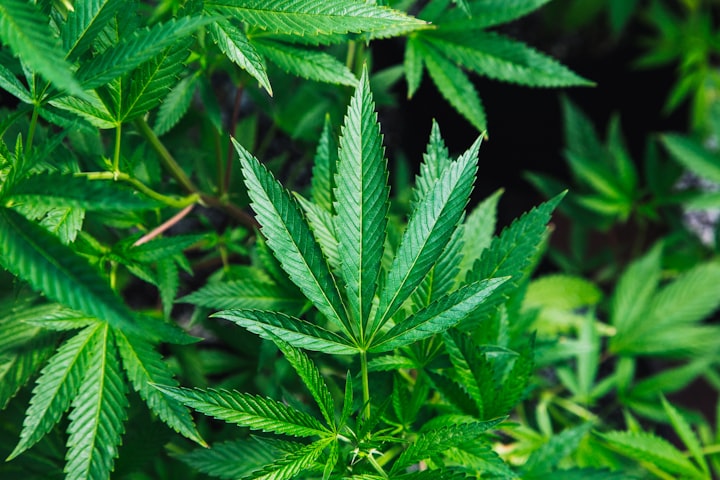Gene discovery focuses on combating powdery mildew, a significant nemesis of hemp.
aim at powdery mildew, a hemp

Cornell researchers have identified a gene within hemp that provides resistance to powdery mildew. This discovery offers the emerging hemp industry a valuable resource in combating an extremely common disease that negatively impacts the production of high-cannabinoid Cannabis sativa."This discovery represents a significant advancement in the breeding of powdery mildew-resistant cultivars," stated Larry Smart, a distinguished plant breeder and professor at the College of Agriculture and Life Sciences (CALS), School of Integrative Plant Sciences. He emphasized the positive impact such identification of resistance will have, resulting in improved overall crop production and quality.
Christine Smart, a plant pathologist and professor at the College of Agriculture and Life Sciences, School of Integrative Plant Science, echoed this sentiment, calling it a monumental leap forward. As a co-author on the paper, Christine Smart revealed that both she and Larry Smart, who are married, collaborated extensively with their respective labs on this project.
Christine Smart emphasized the dedication and financial investment that growers, particularly those involved in indoor production, expend to combat powdery mildew. Consequently, the availability of resistant plants will significantly enhance indoor production practices. Furthermore, the gene responsible for resistance will be incorporated into hemp cultivars used for field-grown grain and fiber.
Published on September 26 in Molecular Plant-Microbe Interactions, the paper titled "Genetic Mapping, Identification, and Characterization of a Candidate Susceptibility Gene for Powdery Mildew in Cannabis Sativa L." features George Stack, Ph.D., a postdoctoral associate in the School of Integrative Plant Science, and Ali Cala, Ph.D., as lead authors.Powdery mildew is a fungal infection that impacts a wide range of plant species. It manifests as white, powdery patches on leaves, with spores that readily spread to neighboring foliage, thereby exacerbating the infection. This fungus causes detriment to leaf tissues, resulting in diminished plant productivity.
According to Christine Smart, the detrimental impact of powdery mildew extends beyond the surface. "It has the ability to extract nutrients from each individual infected leaf cell. Consequently, photosynthesis in affected plants is impaired, resulting in reduced plant vigor and growth," she explained.
Furthermore, the perseverance of this mildew on the flowers has a profound effect on the market value of crops, as it depreciates their quality. In addition, it can lead to substantial reductions in crop yields, further exacerbating the negative consequences of the infection.The research team has successfully identified a hemp cultivar that consistently exhibits resistance to powdery mildew. This resistance has been observed in both field trials involving natural infections and controlled inoculations conducted in growth chambers. The team's initial hypothesis was that this particular line possessed a resistance gene. To investigate further, Stack proceeded to crossbreed the resistant line with a susceptible one, subsequently planting a segregating mapping population in the field.
During the field trial, Cala deliberately inoculated the plants with powdery mildew, carefully monitoring disease incidence. Meanwhile, Stack performed genetic marker analysis on over 700 plants involved in the trial. It was discovered that 25% of these plants exhibited resistance to powdery mildew, while the remaining 75% displayed varying degrees of susceptibility. Leveraging this data, the team successfully mapped the gene responsible for the observed resistance.
Stack explained, "Through genome sequencing, we compared the genetic makeup of the resistant line with that of susceptible lines. This comparison led us to identify a gene mutation which is highly likely to be responsible for the resistance. We have now developed molecular markers capable of identifying this gene, enabling its utilization in the selection of breeding lines."
With this breakthrough, hemp researchers can now employ cross-breeding techniques to transfer the resistance gene into other hemp lines, specifically those used for CBD, grain, or fiber production. Furthermore, the molecular markers can be utilized to screen for resistant seedlings without the need for full maturation of the plants. In the case of legal compliance, breeders may also introduce this gene into high-THC lines to develop cultivars that are resistant to powdery mildew.
Larry Smart added, "Our ongoing efforts involve the identification of additional resistance genes for powdery mildew. We aim to thoroughly understand the interactions between the gene we have identified and other potential genetic resistance factors, with the ultimate goal of maximizing genetic resistance."





Comments (1)
Very interesting research! Great job!